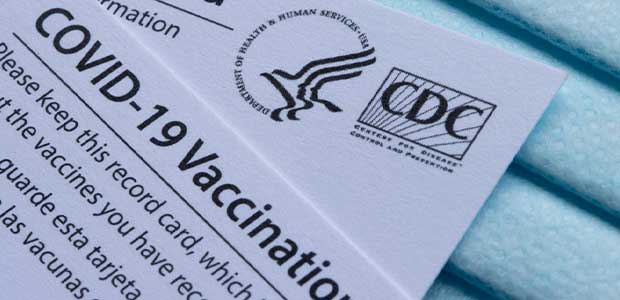
OSHA Updates Guidance on Protecting Unvaccinated Workers
- By Shereen Hashem
- Aug 20, 2021
An updated guidance was issued by the U.S. Department of Labor’s OSHA in order to help employers protect workers from the coronavirus. The guidance reflects developments in science and data, including the CDC’s updated COVID-19 guidance issued July 27. The updated guidance, however, expands information on appropriate measures for protecting workers in higher-risk work places with mixed-vaccination status workers. This mainly includes industries such as manufacturing, meat, seafood and poultry processing, high-volume and retail grocery and agricultural processing. This is often prolonged due to close contact with others.
According to a press release, OSHA’s latest guidance:
• Recommends that fully vaccinated workers in areas of substantial or high community transmission wear masks in order to protect unvaccinated workers
• Recommends that fully vaccinated workers who have close contacts with people with coronavirus wear masks for up to 14 days unless they have a negative coronavirus test at least three to five days after such contact
• Clarifies recommendations to protect unvaccinated workers and other at-risk workers in manufacturing, meat and poultry processing, seafood processing and agricultural processing a
• Links to the latest guidance on K-12 schools and CDC statements on public transit
OSHA continuously urges people to get vaccinated in order to protect workers and encourages employers to engage with workers and their representatives to implement different approaches to protect unvaccinated or at-risk workers from the coronavirus.
As a part of the agency’s ongoing commitment to review the COVID-19 Healthcare Emergency Temporary Standard every 30 days, OSHA says safeguards set forth by the standard remain more important than ever before. After reviewing the most recent guidance, science and data, as well as consulting with the CDC and partners, OSHA determined the requirements of the healthcare ETS remains necessary to address the dangers of the coronavirus in healthcare. OSHA will continue to monitor and assess the need for changes in the healthcare ETS each month.
About the Author
Shereen Hashem is the Associate Content Editor for Occupational Health & Safety magazine.